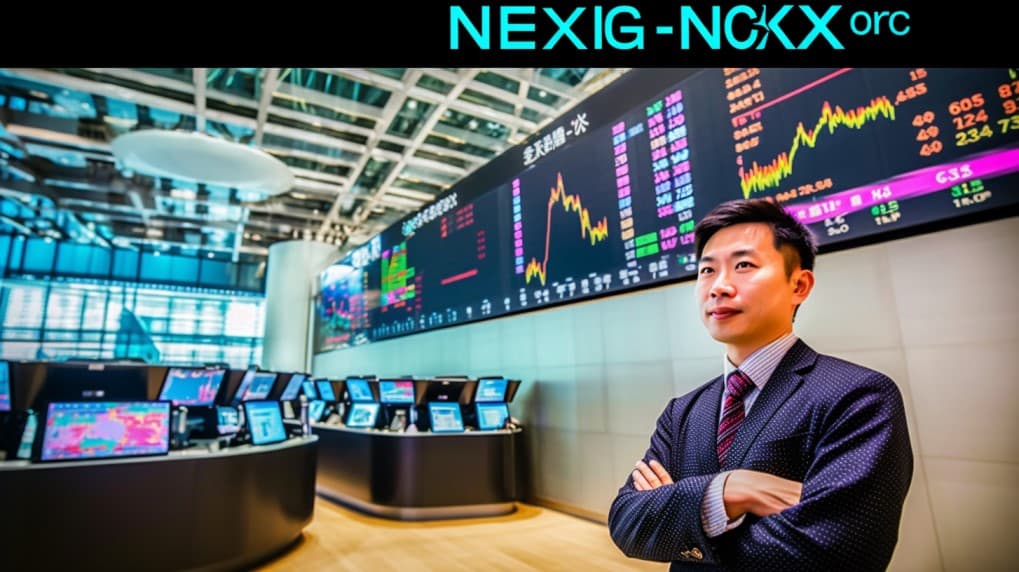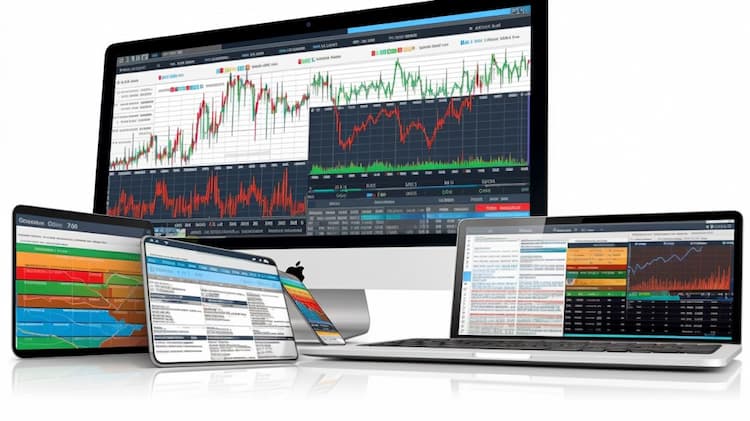
What are the risks associated with investing in XLF?
When it comes to investing in exchange-traded funds (ETFs), one popular option for many investors is the Financial Select Sector SPDR Fund (XLF). However, before diving into any investment, it's important to understand the associated risks and potential drawbacks. In this article, we will explore the risks associated with investing in XLF and provide answers to frequently asked questions about this financial instrument.
XLF Diversification
One of the key risks associated with investing in XLF is the lack of diversification. The fund primarily focuses on the financial sector, specifically banking, insurance, and real estate industries. While this concentration can provide significant exposure to these sectors, it also means that the fund's performance heavily depends on the performance of the financial industry. If the financial sector experiences a downturn or faces challenges, it could adversely impact the value of XLF.
To mitigate this risk, investors should consider diversifying their portfolio across various sectors and asset classes. By spreading investments across different industries, geographies, and asset types, investors can potentially reduce the impact of any single sector's performance on their overall portfolio.
XLF Interest Rate Risk
Another risk associated with XLF is interest rate risk. The financial sector is sensitive to changes in interest rates, and fluctuations in rates can significantly impact the profitability of financial institutions. As XLF primarily holds stocks of financial companies, any changes in interest rates can affect the fund's performance.
For example, when interest rates rise, borrowing costs for consumers and businesses increase, which can potentially slow down economic growth and impact the financial sector negatively. On the other hand, declining interest rates can boost lending activity and benefit financial companies. Therefore, investors should closely monitor interest rate trends and their potential impact on XLF.
XLF Market Volatility
Market volatility is another risk that investors should consider when investing in XLF. The financial sector can be sensitive to economic and geopolitical events, regulatory changes, and shifts in investor sentiment. During periods of market uncertainty or turbulence, the financial industry tends to experience higher levels of volatility.
As a result, the value of XLF can fluctuate significantly, potentially leading to investment losses. It's essential for investors to be prepared for market volatility and understand that short-term fluctuations are a normal part of investing. Holding a long-term perspective and conducting thorough research before investing in XLF can help investors make informed decisions.
XLF Regulatory and Legislative Changes
For example, regulatory reforms, such as stricter lending standards or increased capital requirements, can affect the lending practices and profitability of financial institutions held within XLF. These reforms are often implemented to enhance the stability and resilience of the financial system, but they can also result in increased compliance costs and reduced profitability for the companies in the fund.
Moreover, legislative changes can have a profound impact on the financial sector and subsequently on XLF. Changes in tax laws, consumer protection regulations, or the overall regulatory framework governing financial institutions can significantly influence their business models and earnings potential. Such changes may require companies to adapt their strategies, invest in new technologies, or incur additional costs to comply with the new regulatory landscape.
It is crucial for investors in XLF to stay informed about potential regulatory and legislative changes that may affect the financial sector. Monitoring news, regulatory updates, and industry developments can provide valuable insights into the potential risks and opportunities associated with investing in XLF.
Furthermore, it is advisable for investors to consider the potential long-term effects of regulatory and legislative changes on the financial sector. While some changes may introduce short-term challenges and uncertainties, they can also lead to a more stable and resilient financial system in the long run. Assessing the ability of financial institutions within XLF to adapt to regulatory changes and implement necessary adjustments is an important factor to consider.
Investors should keep in mind that the regulatory and legislative landscape is dynamic and subject to change. Consulting reputable sources such as government regulatory agencies, financial news outlets, and the official website of XLF's provider, State Street Global Advisors, can provide valuable information on regulatory and legislative developments affecting the financial sector.
It is important to note that this article is for informational purposes only and does not provide investment advice. Always conduct thorough research and consult with a qualified financial advisor before making investment decisions.
When considering XLF, or Financial Select Sector SPDR Fund, it is crucial to be aware of the risks associated with this ETF. Interest rate risk, market volatility, and regulatory and legislative changes are key factors to consider.
Interest rate risk can affect the profitability of financial institutions, which are the primary holdings of XLF. Changes in interest rates can impact borrowing costs and overall economic conditions, potentially influencing the performance of the fund.
Market volatility is another risk to be mindful of when investing in XLF. The financial sector can be sensitive to economic and geopolitical events, leading to fluctuations in the value of the fund. Understanding and being prepared for market volatility is essential for investors.
Additionally, regulatory and legislative changes can significantly impact the financial sector. Reforms and changes in regulations can affect the operations and profitability of financial institutions, which, in turn, can affect the performance of XLF.
By understanding these risks and conducting thorough research, investors can make informed decisions about incorporating XLF into their investment portfolios.
Disclaimer: This article is for informational purposes only and does not provide investment advice. Always conduct thorough research and consult with a qualified financial advisor before making investment decisions.
Source 1: XLF issuer website
Source 2: Reuters article about XLF
XLF quote and analysis
Discover the top holdings, correlations, and overlaps of ETFs using our visualization tool.
Our app allows you to build and track your portfolio.
To learn more about the XLF Financial Select Sector SPDR Fund, access our dedicated page now.
FAQ
What is XLF in the stock market?
XLF is the ticker symbol for the Financial Select Sector SPDR Fund. It represents an exchange-traded fund that aims to track the performance of companies in the financial sector of the U.S. stock market.
What index does XLF track?
XLF tracks the performance of the Financial Select Sector Index. This index is designed to reflect the performance of companies in the financial sector of the U.S. equity market.
Are there any alternatives to XLF for investing in the financial sector?
Yes, there are alternative options for investing in the financial sector. Investors can explore other ETFs or mutual funds that specifically focus on the financial sector. Additionally, investors can consider investing in individual financial stocks or other financial instruments, depending on their investment preferences and risk tolerance.
Does XLF pay dividends?
Yes, XLF pays dividends. As an ETF that holds stocks of financial companies, it collects dividend payments from the underlying companies in its portfolio and distributes a portion of those payments to XLF investors as dividends.
What stocks are in XLF?
XLF includes stocks of various companies in the financial sector, such as banks, insurance companies, asset management firms, and other financial institutions. Some examples of companies that have been included in XLF in the past include JPMorgan Chase, Bank of America, Wells Fargo, Citigroup, and Goldman Sachs.



















